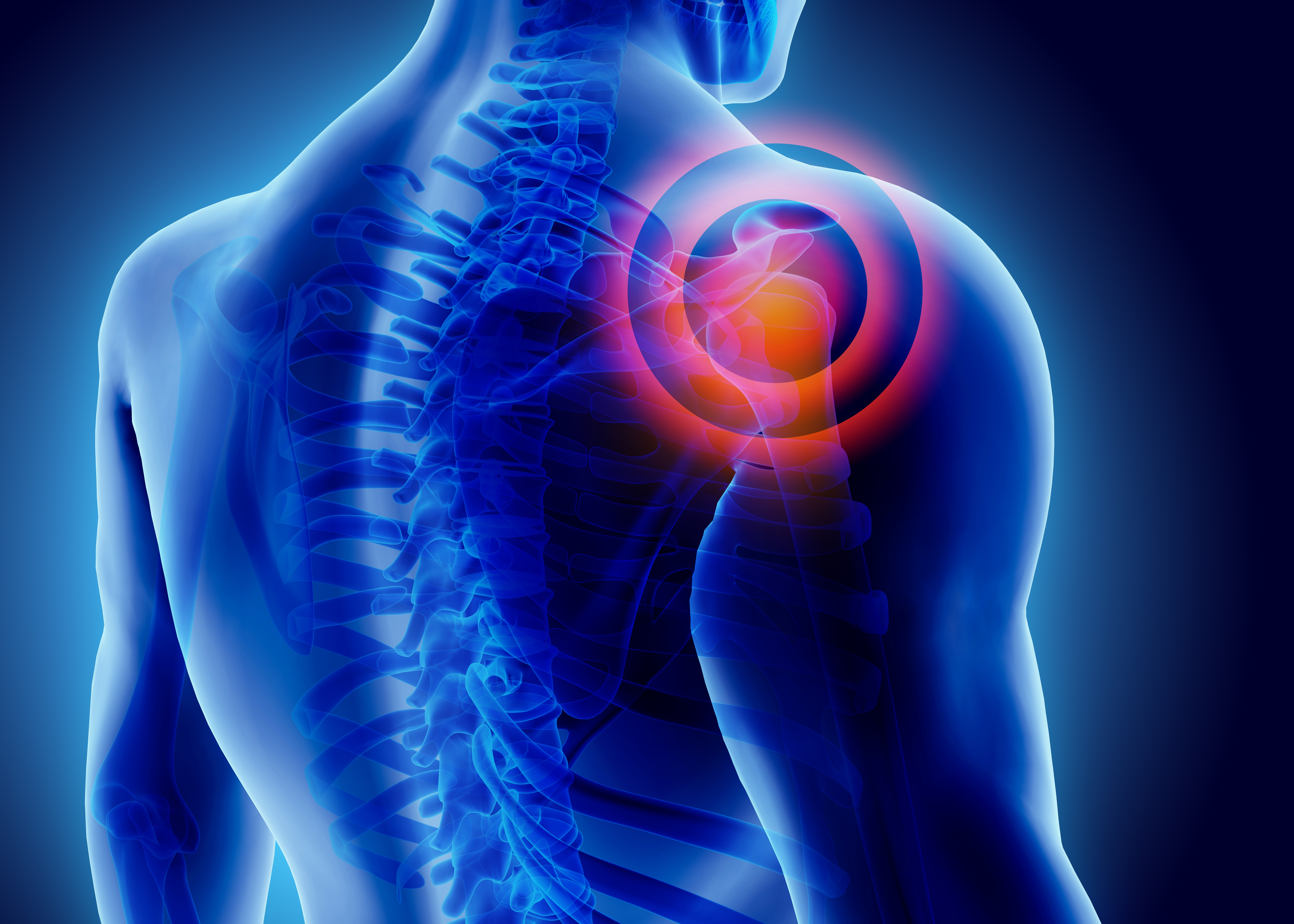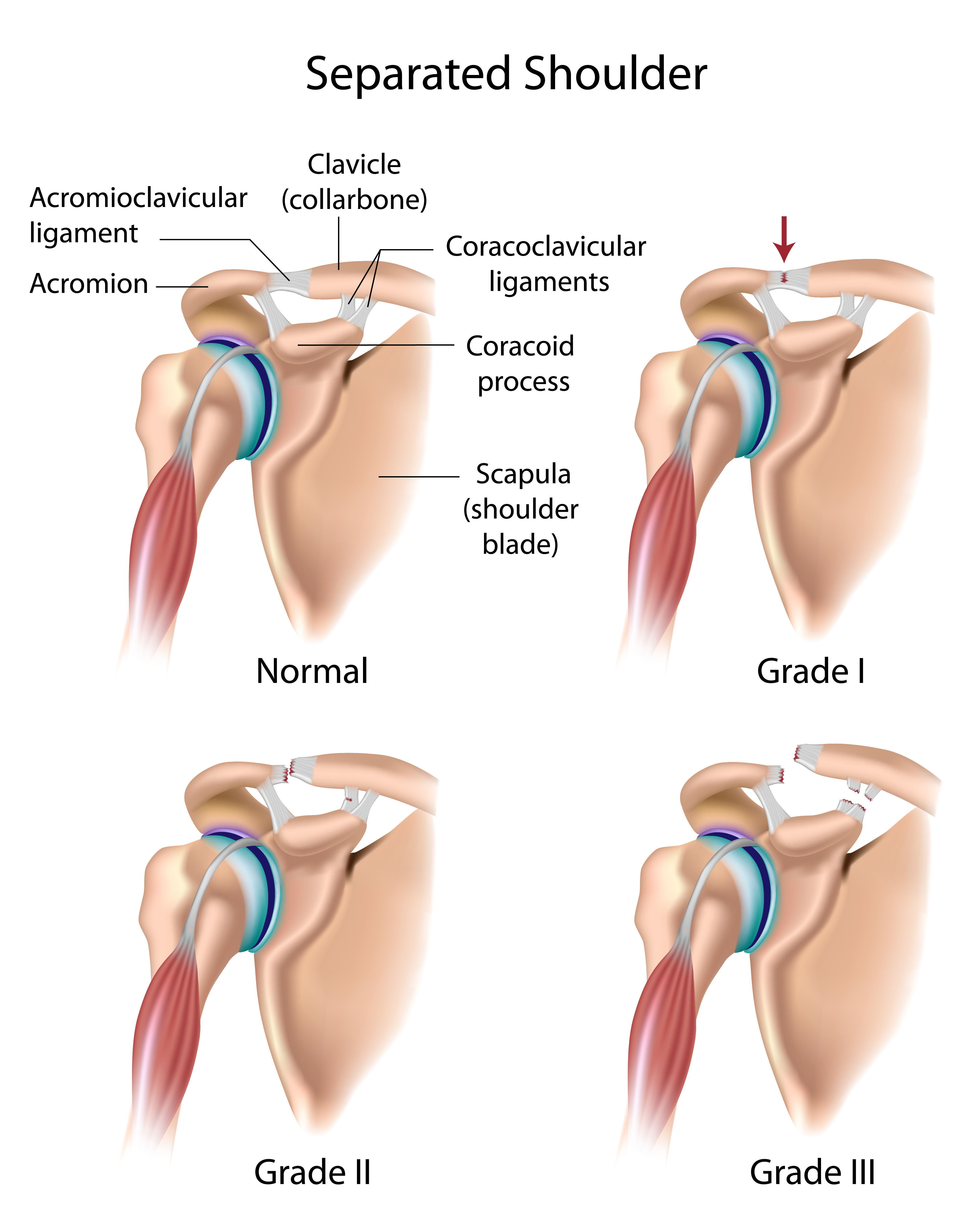
When dealing with an AC separation, it's crucial to understand the symptoms, muscles involved, and available treatment options. While massage therapy can provide tremendous benefits, combining the expertise of both your physician and massage therapist can lead to the best possible outcome. In this article, we will explore the symptoms of AC separation, discuss the muscles affected by the injury, delve into effective massage techniques, and emphasize the importance of co-treating the injury with both healthcare professionals. Join us as we uncover the holistic approach to healing AC separation through the synergy of medical expertise and massage therapy.
Unveiling the Symptoms of AC Separation
AC separation occurs when the acromioclavicular joint, connecting the collarbone and shoulder blade, experiences injury or trauma. Recognizing the symptoms is crucial for early detection and appropriate treatment. Symptoms typically include pain, swelling, limited range of motion, tenderness, and a visible deformity or bump on the shoulder. Understanding these indicators can help individuals seek timely

medical attention and embark on a journey towards recovery.
Muscles Affected by AC Separation
An AC separation injury affects various muscles in the shoulder region. Key muscles involved include the deltoid, trapezius, pectoralis major, and the rotator cuff muscles (supraspinatus, infraspinatus, teres minor, and subscapularis). These muscles play vital roles in stabilizing the shoulder joint, facilitating movement, and providing overall strength. When an AC separation occurs, these muscles can experience strain, weakness, and imbalances, impeding the healing process.
Massage Techniques for AC Separation Treatment
Massage therapy offers a valuable adjunct to traditional treatment for AC separation. Skilled massage therapists can employ various techniques to target the affected muscles, alleviate pain, promote healing, and restore functionality. Here are some beneficial massage techniques for AC separation:
a. Effleurage: Gentle stroking motions enhance blood circulation, reduce swelling, and induce relaxation in the affected muscles.
b. Petrissage: Kneading and squeezing the muscles can relieve tension, improve flexibility, and alleviate pain associated with an AC separation.
c. Trigger Point Therapy: Focusing on specific points of muscle tension, this technique applies direct pressure to release muscle spasms and trigger natural pain relief responses.
d. Myofascial Release: By applying sustained pressure to the fascia surrounding the muscles, myofascial release can improve range of motion, reduce scar tissue, and restore optimal muscle function.
Co-Treating with Physicians and Massage Therapists
To achieve the best possible outcome for AC separation recovery, it is essential to co-treat the injury with both your physician and massage therapist. The collaboration between these healthcare professionals can optimize treatment by combining medical expertise and targeted soft tissue techniques. Here's why co-treatment is crucial:
a. Accurate Diagnosis: Physicians provide a comprehensive assessment, diagnostic tests, and imaging, ensuring an accurate understanding of the severity of the AC separation.
b. Treatment Planning: Physicians create an individualized treatment plan, which may include medications, physical therapy exercises, and surgical options, if necessary.
c. Expertise in Soft Tissue Therapy: Massage therapists possess specialized knowledge in addressing musculoskeletal issues and employing various massage techniques to promote healing and relieve pain associated with AC separation.
d. Integrated Care: Co-treatment allows for open communication and coordination between the physician and massage therapist, ensuring the treatment plan is cohesive, well-rounded, and tailored to the patient's needs.
Moving Forward with a Physician's Care and a VL Massage Near Me
AC separation can be a challenging injury, but by understanding the symptoms, muscles involved, and the power of co-treatment with physicians and massage therapists, individuals can optimize their recovery. Seeking the expertise of both healthcare professionals ensures accurate diagnosis, comprehensive treatment planning, and the integration of targeted massage techniques for maximum benefit. If you're dealing with an AC separation, remember that the combined efforts of your physician and massage therapist can provide you with the best possible outcome, helping you regain strength, mobility, and a pain-free life.